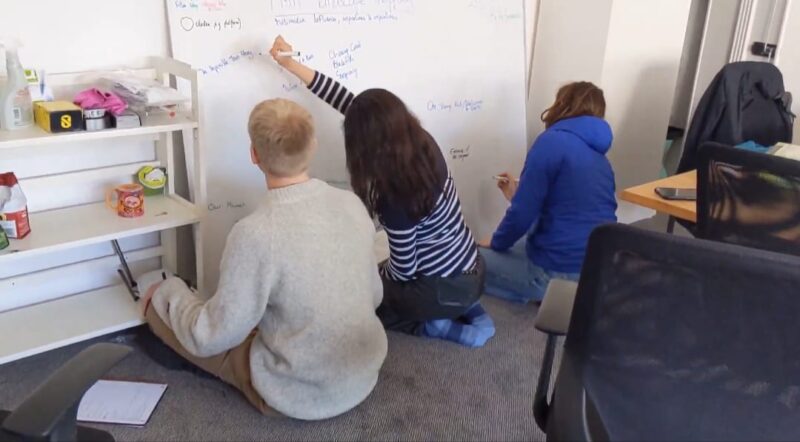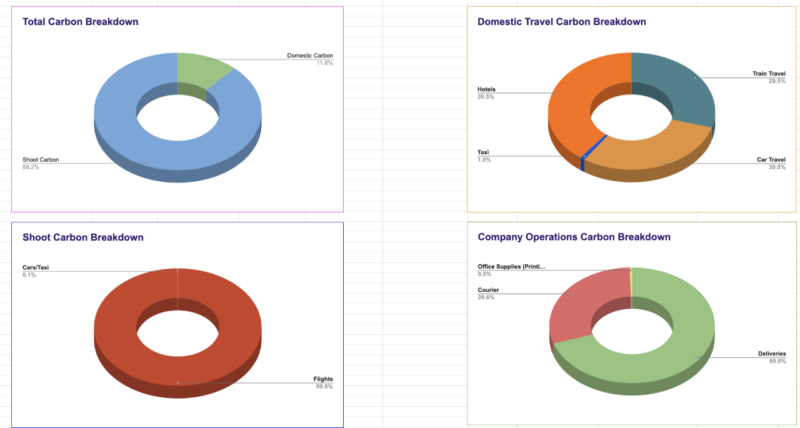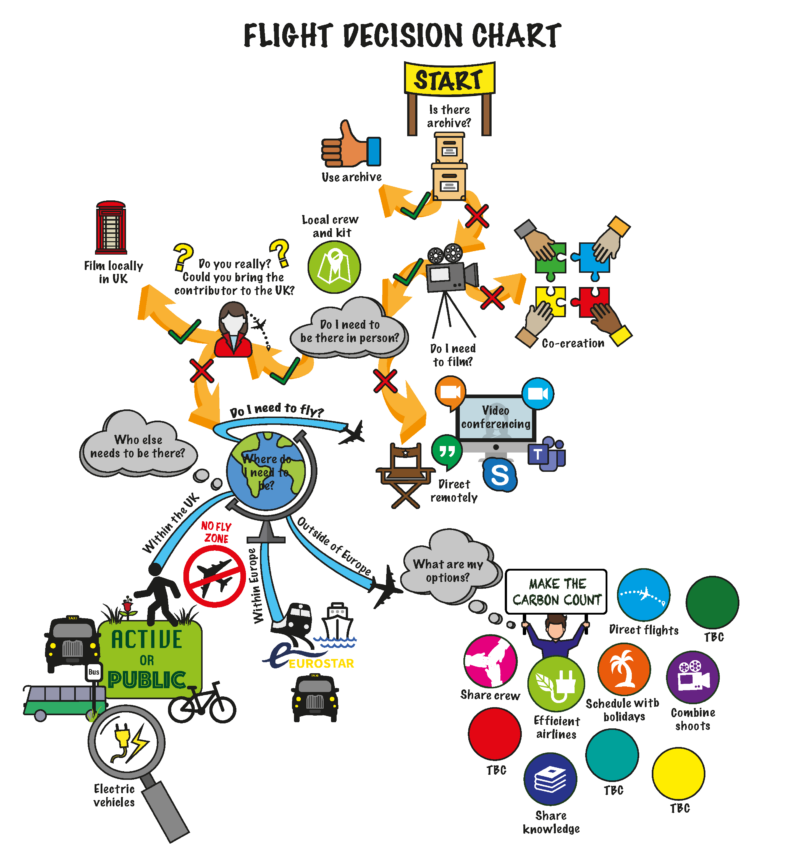The Abundance Film’s first production, a documentary called ‘Abundance: The Story of Us’ will explore Western society’s disconnected and exploitative relationship with nature, and aims to challenge this relationship with insights and wisdom from a diverse range of figures, from storytellers to scientists, poets to Indigenous leaders. Overseas shooting locations include Bhutan and the Philippines, and emphasis has been placed on using archive footage when available.
The Abundance Film doesn’t only want to implement the sustainable practices of the present, but wants to be at the forefront of new initiatives and advances in green working practices in the filmmaking industries, such as ‘Open Sourcing’



